Is Jack a Villain?
£3.00
Activities in this lesson include reading the full text of Jack and the Beanstalk, learning how to describe a character, answering higher and lower order questions; looking at tense/person/punctuation and scaffolding (which includes ways to improve writing) writing an alternative ending to Jack and the Beanstalk and a short newspaper article that answers the question ‘Is Jack a Villain’?
There is a five-minute evidence-based CPD activity at the end of this lesson which will develop classroom teachers’ skill set. This CPD consists of a research extract on collaboration with a five-minute activity based on this extract.
Description
These evidence-based learning (EBL) lessons are based on classroom practice that has been proven, by research, to maximise thinking, learning and attainment. From an extensive review of educational research, we identified the eight key classroom thinking and learning skills that were common across these research papers. We named these eight key skills “EBL skills”.
EBL skills have been proven by research to maximise learning because they combine the most productive thinking skills with the most effective learning behaviours. Each of our evidence-based learning lessons uses the English curriculum as a framework through which the eight EBL skills are delivered.
Teachers also have the opportunity to add to their own skill set or refresh their existing skills with our five-minute CPD activity, based on one of the EBL skills used in this lesson.
The skills in bold below are the EBL skills developed in this Jack and the Beanstalk lesson. Click on each skill to learn more about that skill.
- Collaboration
- Thinking Skills
- Peer Assessment
- Peer Teaching
- Self-Assessment
- Metacognition
- Self-Regulation
- Independent Learning
1 review for Is Jack a Villain?
Only logged in customers who have purchased this product may leave a review.
Related products
-
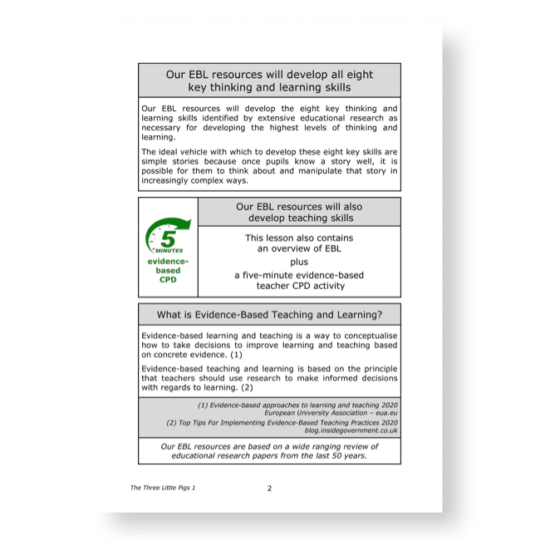
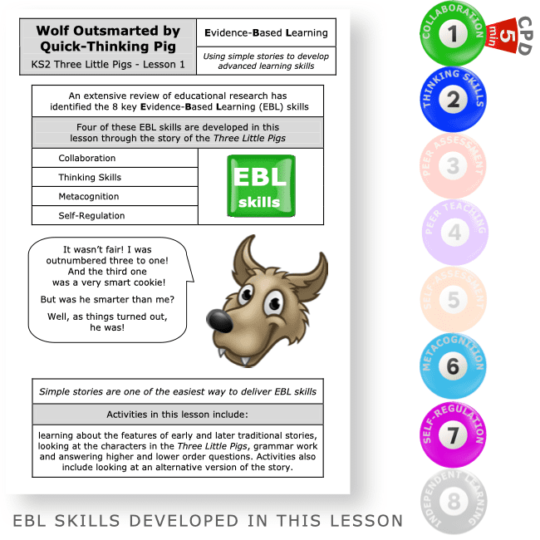
Wolf Outsmarted by Quick-Thinking Pig
£3.00 Add to basket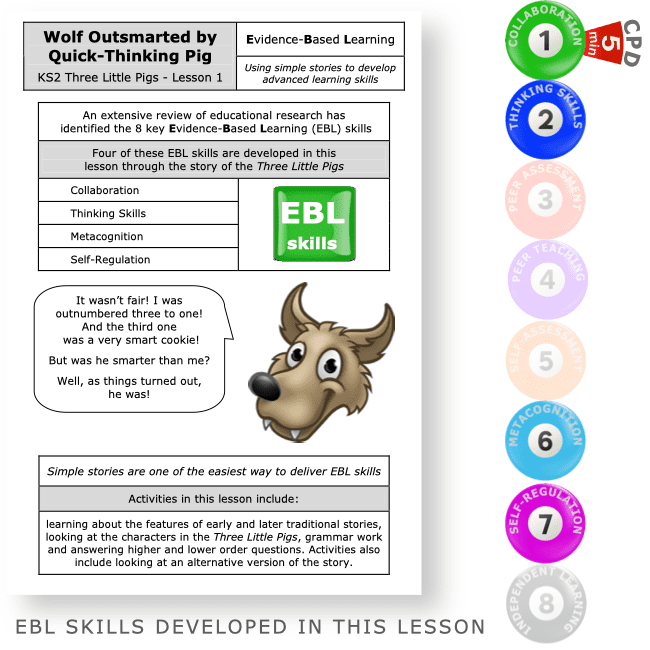 £3.00Add to basket
£3.00Add to basketActivities in this lesson include learning about the features of early and later traditional stories, looking at the characters in the Three Little Pigs, grammar work and answering higher and lower order questions. Activities also include looking at an alternative version of the story.
There is a five-minute evidence-based CPD activity at the end of this lesson which will develop classroom teachers’ skill set. This CPD consists of a research extract on collaboration with a five-minute activity based on this extract.
VIEW -


Y5 & Y6 The Fox and the Crow
£3.00 Add to basket £3.00Add to basket
£3.00Add to basketKS2 National Curriculum:
✓ Interpreting characters’ motives and lessons
✓ Explaining the warning within a fable
✓ Writing a five-sentence original fable using model features
✓ Peer assessing for structure and moral clarityActivities in this lesson include reminders about the main features of fables, reading the full text of The Fox and the Crow, answering higher and lower order questions about the fable, looking at the moral in a fable and breaking down The Fox and the Crow into five sentences.
There is a five-minute evidence-based CPD activity at the end of this lesson which will develop classroom teachers’ skill set. This CPD consists of a research extract on collaboration with a five-minute activity based on this extract.
VIEW -


Reporting on Early Traditional Stories
£3.00 Add to basket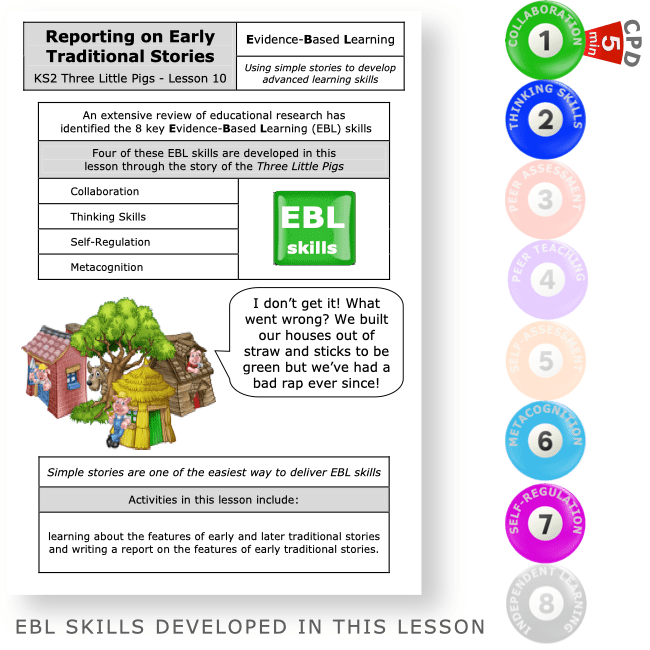 £3.00Add to basket
£3.00Add to basketActivities in this lesson include learning about the features of early and later traditional stories and writing a report on the features of early traditional stories.
There is a five-minute evidence-based CPD activity at the end of this lesson which will develop classroom teachers’ skill set. This CPD consists of a research extract on collaboration with a five-minute activity based on this extract.
VIEW -

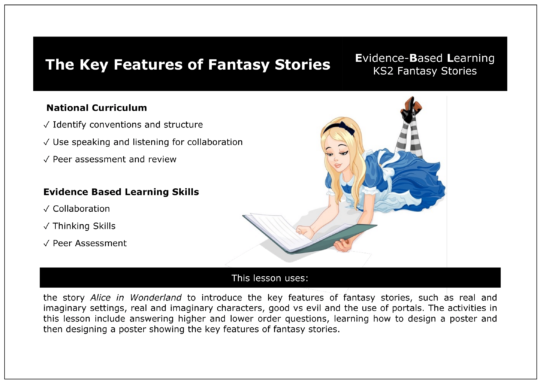
Y6 The Key Features of Fantasy Stories
£3.00 Add to basket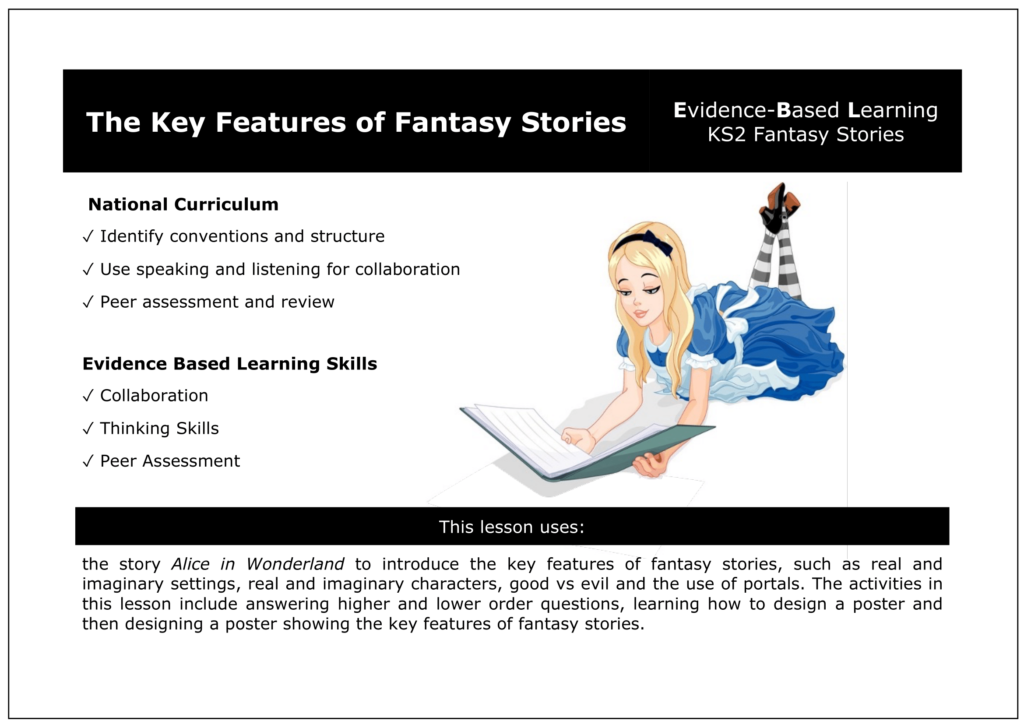 £3.00Add to basket
£3.00Add to basketKS2 National Curriculum:
✓ Identify conventions and structure ✓ Use speaking and listening for collaboration
✓ Peer assessment and reviewThis lesson uses the story Alice in Wonderland to introduce the key features of fantasy stories, such as real and imaginary settings, real and imaginary characters, good vs evil and the use of portals. The activities in this lesson include answering higher and lower order questions, learning how to design a poster and then designing a poster showing the key features of fantasy stories.
There is a five-minute evidence-based CPD activity at the end of this lesson which will develop classroom teachers’ skill set. This CPD consists of a research extract on collaboration with a five-minute activity based on this extract.
VIEW

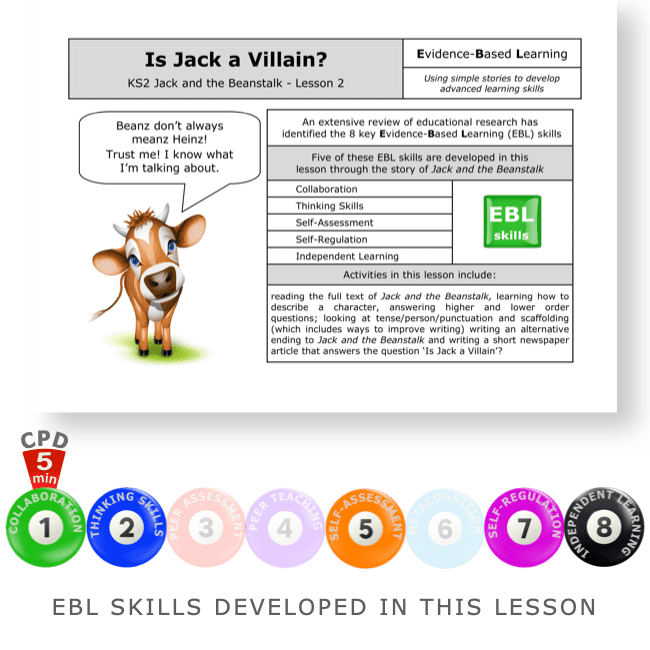
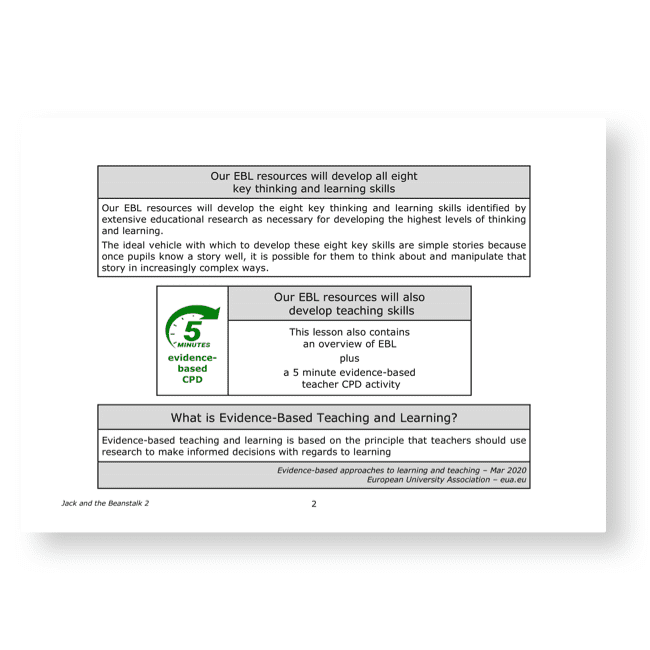

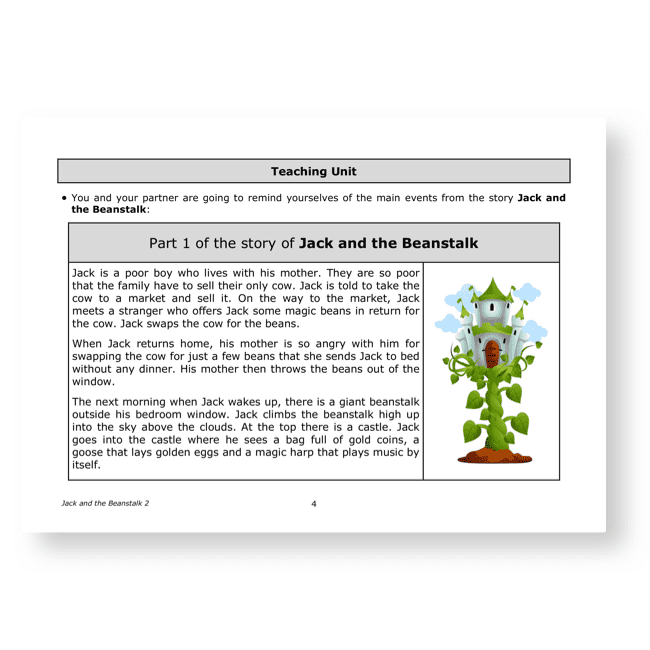
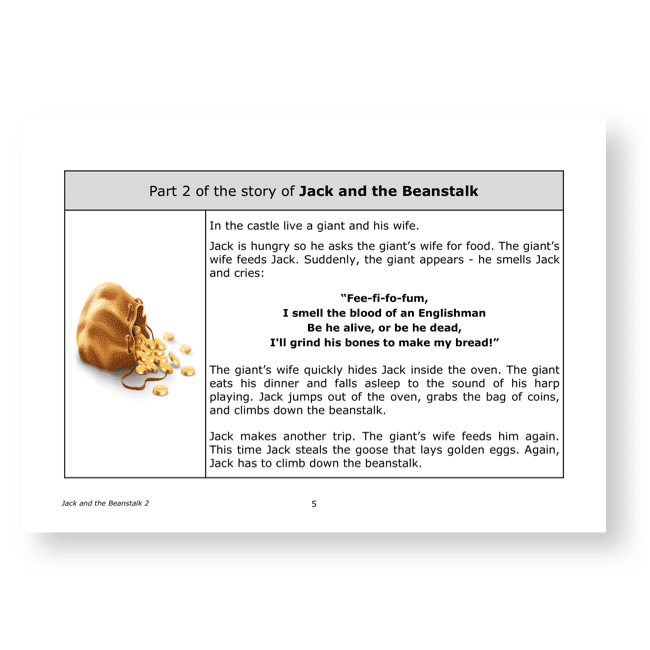


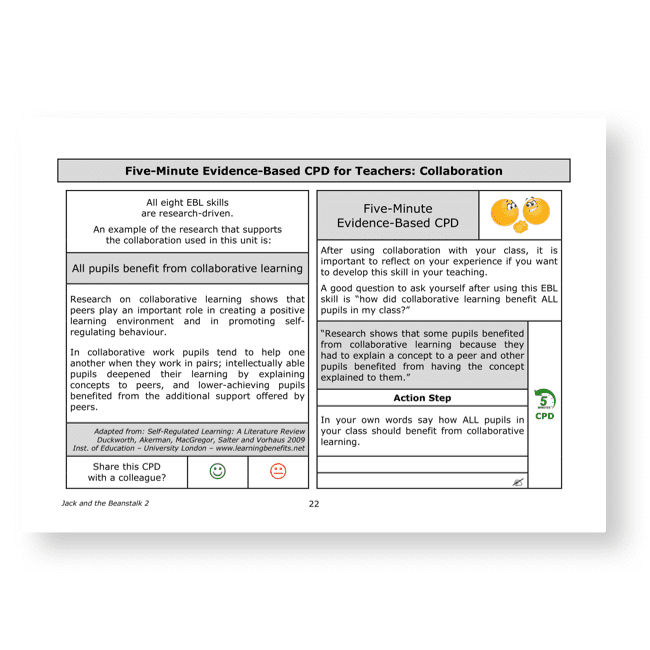
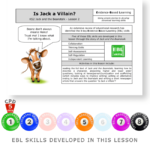
Philipem (verified owner) –
We asked a.i. to review this lesson. This is what it said:
Teach Literacy and Learning Skills with “Is Jack a Villain?”
I want to highlight a stellar English and evidence-based learning resource for KS2 – this complete Jack and the Beanstalk lesson plan. It seamlessly integrates teaching key literacy skills, while developing essential learning capabilities like collaboration, self-assessment and independent learning.
In this multifaceted lesson, students:
– Learn to describe characters more deeply
– Look at proper tense, punctuation and scaffolding
– Write an alternative ending to the classic tale
– Compose a newspaper article exploring whether Jack is truly a “villain”
The thoughtfully designed activities allow students to actively apply these concepts, answering higher and lower level questions individually, in pairs and as a group.
A standout aspect is the inclusion of a 5 minute CPD extract on the academic benefits of collaboration. This gives you an evidence-based approach to immediately implement in your classroom.
As a complete literacy resource that also builds crucial learning skills, I would rate this Jack and the Beanstalk lesson 5 stars. Your students will relish reimagining the beloved fable, while improving in collaboration, self-assessment and independent learning.
I highly recommend incorporating this wonderfully well-rounded resource into your KS2 literacy lessons! Both you and your students will thrive.